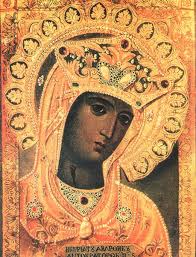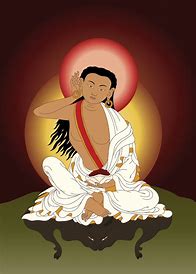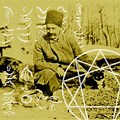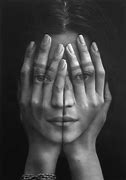Geometry and Myth-She-Male Gods & the Roots of Christianity










Geometry and Myth-She-Male Gods & the Roots of Christianity
For the Greeks, pioneers of the study of geometry, circles, squares and triangles were no different from myths.
They did not exist in reality; you can't touch a circle or hold one in the palm of your hand- shapes are just conceptual representations of mathematical realities.
In the same way, the Greeks viewed stories of male and female gods who walked among mortals and interacted with them as nothing less than a means of expressing immaterial reality. The fact that you can't see a circle unless you draw one does not make it any less real.
The ancient world believed the same principle applied to gods and demons. Like circles and squares, the gods-the immortal visitors from other dimensions-had concrete shapes.
They assumed certain personalities and characteristics. Hades, king of the dead, was unrelenting and unforgiving; Zeus, ruler of the ordered universe, was known for his foresight, Poseidon, master of the oceanic waters of change, was irritable and ready to cause great earth quakes at a moment's notice.
Mother nature, goddess of generation, was characterized by her power to both nourish and destroy living things.
The "he" and "she" or gender of the gods was recognized in antiquity as a means of relating the confounding realities of non-physical cosmic forces.
Contrary to modern feminism and classical scholarship, there was never an ancient religious war between matriarchy and patriarchy, because the Greeks and the Romans taught that gods do not have actual genders-just as they don't wear sandals, eat lunch, or braid their hair. Gender was an "angle " in the pictorial representation of the gods.
Athena was feminine, because she was the nourishing force of civic justice. Pan the divine shepherd of nymphs, was masculine because his fear-inducing sex drive was responsible for maintaining the frenzied flight of nature's procreative sprits; the word "panic," taken from his name, expressed the fear of a young girl walking by herself in a forest.
Gender in myth was a means of expressing immortal, cosmic reality; no Greeks or Romans ever believed their gods had actual vaginas or penises. Sometimes a god male, other times she is female; and sometimes the same god is a he-she, a being of both a masculine and feminine nature.
Again, this is difficult for a modern audience to comprehend, when it has traditionally divided ancient deities into "gods" and goddesses. " However, the ancient reality is far different.
There were no gods and goddesses in antiquity; they were just cosmic, ageless beings with masculine, feminine and sometimes bi-gendered traits.
Reference: Hermaphrodites - Gynomorphs & Jesus:Dr. David C.A. Hillman
Articles-Latest
- St George’s Day 2024: Date, meaning and who England’s patron saint was
- 18 Everyday Things Amish Women Aren’t Allowed to Do
- Russian priest who led Alexei Navalny’s memorial service mysteriously suspended by Moscow church
- United Methodists open first top-level conference since breakup over LGBTQ inclusion
- Former archbishop George Carey backs assisted dying campaign after 'conversion'
- Using Vibrational Aromatherapy In Treatment - 2
- Taliban step up security ahead of supreme leader’s Kandahar mosque visit on Eid
- Using Vibrational Aromatherapy In Treatment
- The BI-Gendered God-She-male Gods & The Roots of Christianity
- Geometry and Myth-She-Male Gods & the Roots of Christianity
- Muslim Council Demands Investigation Into Islamophobia in the Conservative Party
- What does the Bible say about homosexuality? Well, for starters, Jesus wasn’t a homophobe
- King Charles attends Easter service, providing a glimpse of the monarch after cancer diagnosis
- We must stand up to religious extremism in the UK before it tears us apart,’ writes Frederick Chedam
- Trump compares himself to Jesus Christ – again
- Pope makes last-minute decision not to deliver Palm Sunday Mass homily
- New York City's mayor gets baptized in jail by Rev. Al Sharpton on Good Friday
- Pope Francis calls predecessor Benedict a key transitional figure
- Lawyers hit out at Vatican’s ‘trial of the century’ after Pope secretly changes law four times
- What we know about the killing of Detroit synagogue leader Samatha Woll
Articles-Most Read
- Home
- Let There Be Light
- Plants that feel and Speak
- The Singing Forest
- The Singing Forest-2
- Introduction
- Meditation
- Using Essential Oils for Spiritual Connection
- Heaven Scent
- Plants that Feel and Speak-2
- Purification
- Making the Spiritual Connection
- Anointing
- The Sanctity of Plants
- Essential Oils: The unseen Energies
- The Aroma Of Worship - Introduction
- The Aroma Of Worship-Foreward
- Methods Of Use
- Spiritual Blending
- Handling and Storage






